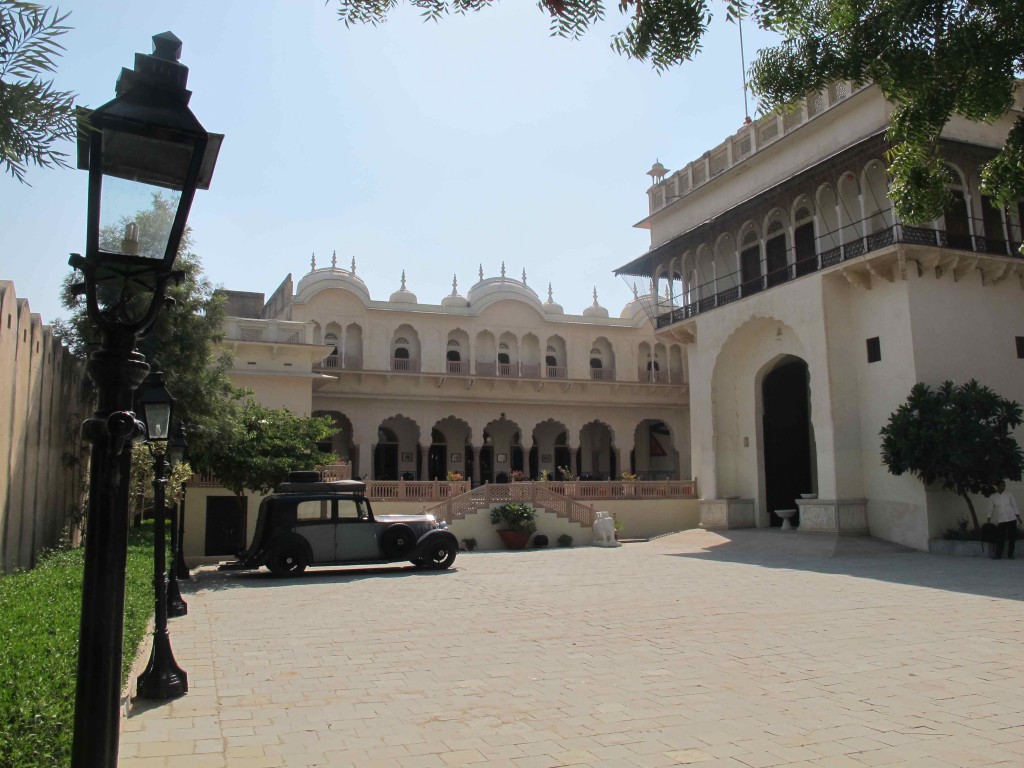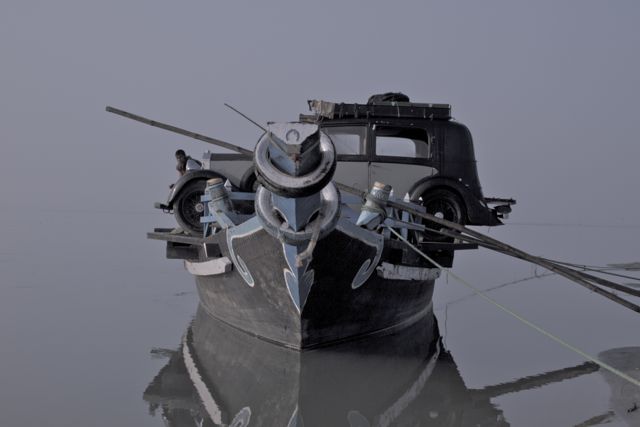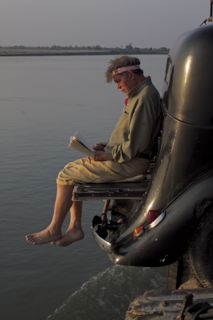
Following on from Tom Hatlestad?s epic journey from Oslo to Dhaka in a Land Rover, Rupert Grey and the Grey family, roll into town in a Rolls. It?s not just any old Rolls Royce. Rupert, a lawyer with a passion for photography, is the great grandson of the former British? prime minister Earl Grey (whom the tea is named after), whose statue adorned Westminster Abbey. A regular visitor to Chobi Mela, Rupert decided to bring his 1936 Rolls Royce to Dhaka for the festival. The antique Rolls had travelled through the Rajasthan deserts and gone along the foothills of the Himalayas and followed the Brahmaputra to Bangladesh, but was stopped at the Tamabil border, when bureaucracy kicked in.

The traditional method of temporary entry for cars, the carnet, had been stopped in Bangladesh and there was no law that would allow the car to make it?s final let. But as Rupert himself quotes, ?Bangladesh is also a country where everything is possible? ?and after a very long and protracted process where all the right people had to be convinced of the genuineness of the venture, and with much help from many different quarters, the car finally made it?s way into Bangladesh. Only to be stopped enroute to Dhaka because of a petrol strike.

The car arrives in Dhaka today and will be joining the traditional Chobi Mela rally in front of the National Museum tomorrow (the 25th January) at 3:00 pm. It is here at Chobi Mela where the rickshaw meets the Rolls.
—–
Arshad Jamal, Khushi Kabir, Gitiara Chowdhury, Kamran Chowdhury and especially Saleh Ahmed all worked behind the scenes to make this happen. In the end though it was the Chairman of NBR who found the way to get through the legal hoops.
Skip to content
Musings by Shahidul Alam

2 thoughts on “When the ricksha meets the Rolls”